Barnacles Consume Test Panels at 18 Months
Published on February 24th, 2015
by Darrell Nicholson, Practical Sailor
Our semi-annual inspection of bottom paint panels always yields a few surprises, but during the nearly ten years I’ve been barnacle-counter-in-chief, I haven’t been more surprised than I was last month.
The panels we inspected last month were painted and immersed in the summer of 2013. My inspection in January marked the eighteenth months of continuous immersion for approximately 60 paints that were undergoing testing. During a normal year, I would expect roughly 12-15 of those panels to still be fighting barnacles, but that’s not what I found.
Every single panel was toast. The worst panels were unrecognizable, with a thick carpet of barnacles and soft growth covering the painted area (slightly less than one square foot). The best panels had thin coatings of slime, and about 10 percent of the panel was covered in barnacles and other hard growth. (Any hard growth qualifies as a failure in our test.)
Let’s be clear. The conditions of our panel test are far more rigorous than the conditions your own boat will face, for several reasons:
1. Our panels do not move, making it much easier for barnacles to become established.
2. We keep our panels in warm, shallow, nutrient-rich Sarasota Bay, Florida. If barnacles were hosting a convention, they’d have it in Sarasota Bay.
3. Except for a rinse every six months, we don’t clean our panels of slime or soft growth. Hard paints, in particular, can benefit from regular cleaning after the first year. (Start with a soft cloth and progress to a 3M scrub-pad as growth becomes more tenacious. Vigorous scrubbing will scrub away your protection. If you need a scraper, a haulout is long overdue.)
Although our test conditions are admittedly more strenuous than most boats will encounter, the fact remains: paints that during prior tests were barnacle-free at the 18-month interval had conspicuously failed this time around. Why?
Tweaks to the formulas could be a factor. A few of these paints have had their formulas changed slightly—either to meet new environmental restrictions on volatile organic compounds or to compensate for the rising cost of copper—but the majority were the same formulas we have been testing for years.
My guess is that conditions were simply more challenging than ever before, with warmer water temperatures and higher nutrient levels. Although we don’t track temperature, salinity, etc. from year to year, environmental factors have almost certainly played a role in past tests, though not to this degree.
Much more… CLICK HERE


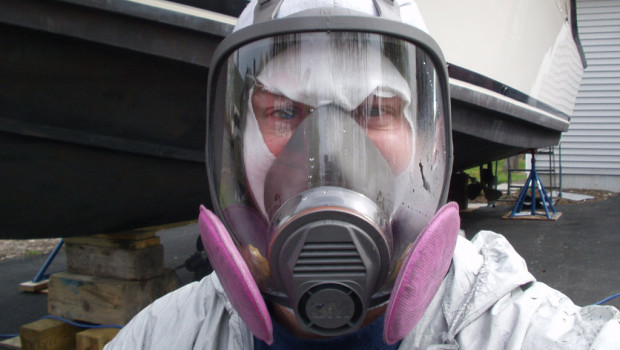


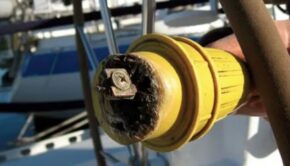
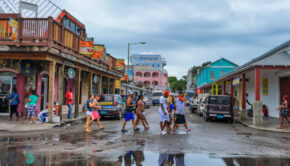
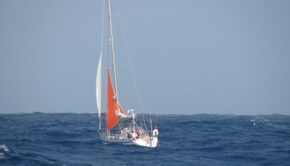
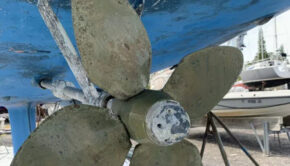
 We’ll keep your information safe.
We’ll keep your information safe.